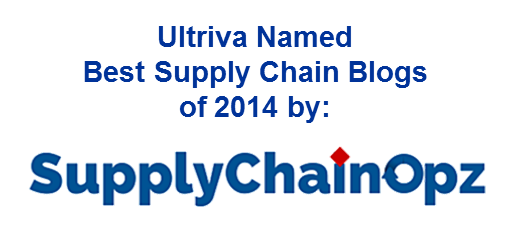Start with Customer Relationship Management

Supply chain management (SCM) is the management of an interconnected or interlinked between network, channel and node businesses involved in the provision of product and service packages required by the end customers in a supply chain. Supply chain management spans the movement and storage of raw materials, work-in-process inventory, and finished goods from point of origin to point of consumption. It is also defined as the design, planning, execution, control, and monitoring of supply chain activities with the objective of creating net value, building a competitive infrastructure, leveraging worldwide logistics, synchronizing supply with demand and measuring performance globally. Beyond a Wikipedia definition, there are new data and new trends which impact the balancing act between supply chain management and customer relationship management (CRM.)
Tara Duggan of Demand Media recently reported in the Houston Chronicle, “Supply chain management strategies enable companies to ensure the business has the materials, information and financial resources it needs to produce quality goods and services in a timely manner. By coordinating the flow of work from vendors to manufacturers and then from distributors to retailers, effective supply management techniques reduce inventory and ensure product availability when required. Customer relationship management programs are used to ensure parts and service get to customers when needed after sales are completed by automating business processes used for sales, service and support. Integrate supply chain management and customer relationship management functions to maximize operations.”
As the Founder and CEO of Ultriva Inc., I’m confident there is no more important supply chain trend for 2014 than customer relationship management. Even though it would be great to always get end users consumption patterns, it is unrealistic as sometimes they are multiple tiers away from the end consumer. For thousands of manufacturing companies, the customers could be OEMs, dealers, retail distribution channels, or the end user.
Ultriva therefore recommends multi-tier touch points with each loop interacting with the immediate preceding customer. If there is a distribution channel, the plant should interface with central DC whereas central DC will interface with regional DCs while regional DCs will interface with retail outlets.
There are advantages of this kind of relationship management including a granular level of consumption patterns instead of a consolidated demand which can hide individual nuances can have a direct impact on customer relationship management.
Carry the right mix of products, at individual transaction points often depends on immediately preceding requirements. Demand for heavy winter jackets across the country could be “x” with over 60% of that demand concentrated on few states in East and mid-west.
A dramatic reduction in bull-whip effect as the distance between the demand and delivery is considerably reduced….a more realistic consolidated demand and forecasting capabilities as companies can build S&OP (sales and operations planning) bottom up instead of top down…which normally starts with a guesstimate.
Better customer relationship management is improved when the demand response time is considerably reduced and can lead to improved service levels. In fact there is often a direct correlation to proximity (shorter lead time), which translates to a more consistent demand pattern.
Duggan, also a project management professional, agreed with the Ultriva premise, noting, “Supply chain management personnel need accurate manufacturing and inventory data from suppliers. This enables them to ensure the small business has the raw materials it needs to conduct business in a cost-effective manner. Customer relationship management personnel need to be able to respond quickly to customer needs. By establishing good relationships with suppliers to obtain access to current spare parts availability and pricing information, businesses can get the information they need to run a profitable operation.”



